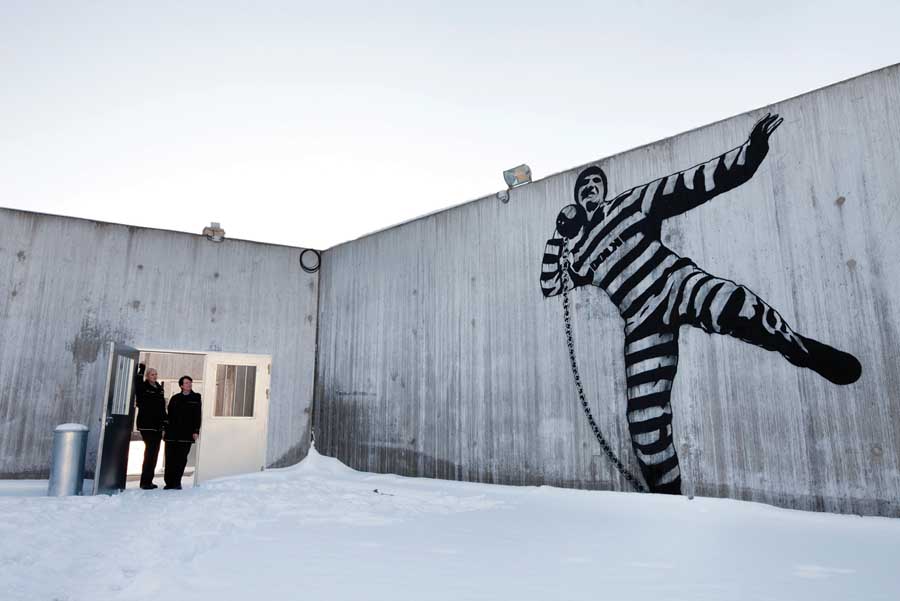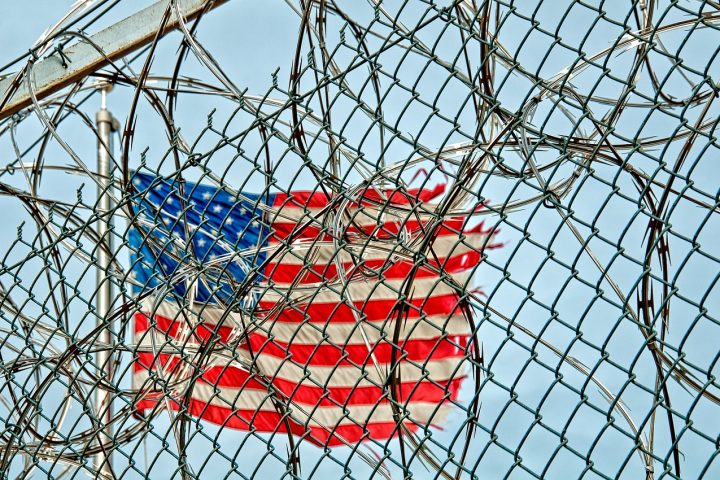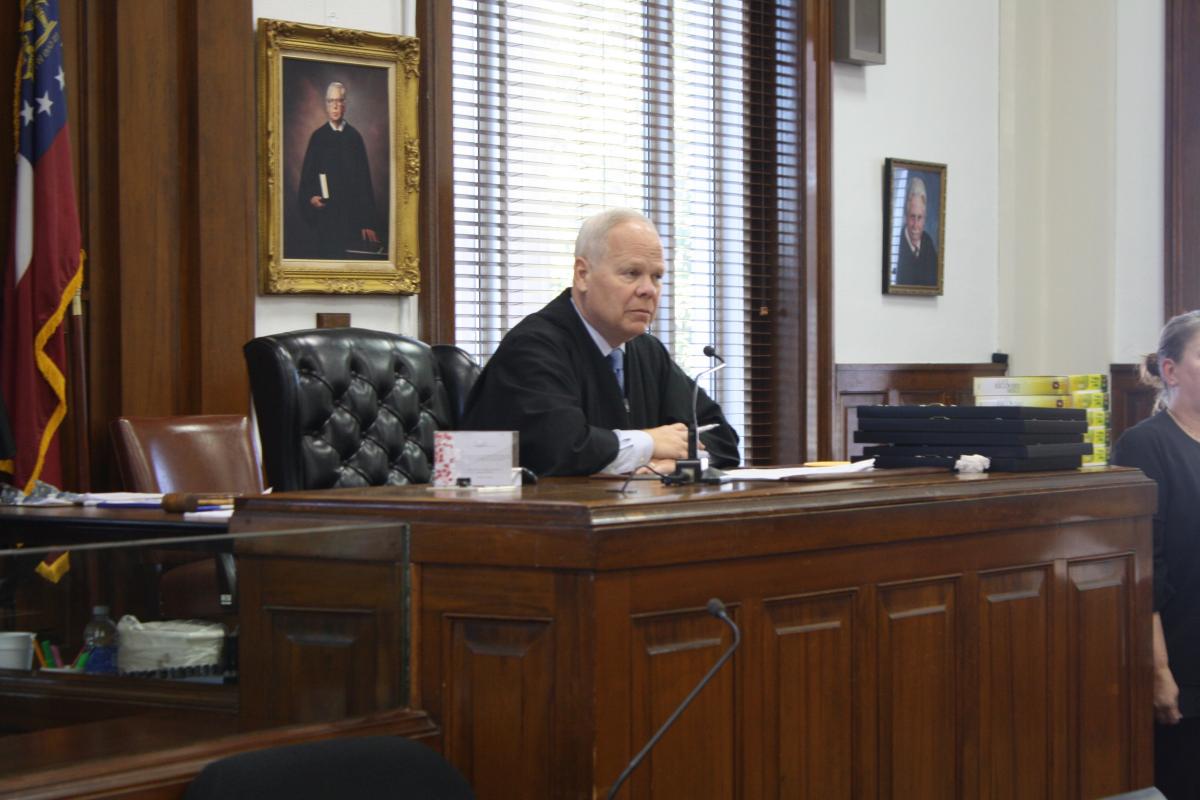“Solitary confinement literally drives men mad.” These simple and memorable words could be heard by anyone listening in on a recent hearing held by the House Financial Services and Federal Government Subcommittee. House committees are not easily moved by comments like this though, as they hear shock-inducing and overly dramatic claims like these practically every week, typically from some biased interest group or agenda-advancing individual. However, on March 23, the blunt statement was delivered from a much more interesting source, Supreme Court Justice Anthony Kennedy. Kennedy, who is expected to keep his political views out of his court opinions, was not shy to proclaim his disdain for the way prisoners are treated in American penitentiaries. Along with fellow Justice Stephen Breyer Kennedy conveyed a great deal of importance to evaluating the U.S. penal system. If the most esteemed and respected legal minds in the country are calling out American prisons, then it is likely an issue worth delving into.
This isn’t the first time that the Justices have voiced their concerns about how inmates are treated. In the 2011 case Brown v. Plata the Supreme Court ruled that overcrowded prisons and denial of basic medical care in California jails violated the 8th Amendment to the Constitution’s prohibition of cruel and unusual punishment. In the majority opinion, Justice Kennedy expressed the court’s belief that prisons that deny its inmates their basic human dignity should not exist in America. This is an interesting claim though, as many U.S. penitentiaries withhold some of the same amenities that Kennedy considers to be essential human privileges. In fact, 17 states are currently housing more inmates than their facilities can accommodate, with North Dakota and Illinois actually topping California in percent of prisoners over capacity. Conditions in many of the states are comparable to those of California leading up to the Plata case: dozens of prisoners share a single toilet and room, and medical treatment is often delayed to a critical point. Overcrowded penitentiaries aren’t the only culprits though, as over 50,000 prisoners nationwide remain restricted in solitary confinement with almost no personal space or human interaction. If America does have a prison problem, what would a solution that includes Kennedy’s essential “humanity” be?
Enter Halden Prison. The Norwegian jail has been called the world’s most humane prison, and implements policies that would sound like more of a joke than a reality to most U.S. prison wardens.. Prisoners live comfortably, with spacious and clean rooms, friendly treatment by the guards, and an array of entertainment options. There are a number of vocational programs offered to inmates in order to help keep them busy and provide valuable training for life after time served. Detainees wear whatever type of clothing they want, with the entirety of Halden’s comforts meant to maintain a positive morale. The jail even has an Xbox and a recording studio with microphones and guitars, the type of luxuries that would make most American teenagers, let alone prisoners, jealous. Despite all of these somewhat foreign concepts, the most surprising thing about the Norwegian prison is that no one has ever tried to escape.
The inmates live happily and peacefully, setting their minds on rehabilitation and moving on in life once they are released. The focus on assuring that convicts can move on and adjust to society as changed individuals appears to be working too, as only 20% of Norwegian inmates find themselves back in prison within a year of their release. In America, more than half of all released prisoners will be in jail just one year after leaving. For most of its history, the U.S. has stuck to a policy of punishing crime with difficult prison conditions that serve to intimidate inmates into reforming out of fear to return to a penitentiary. However, based on this data, it seems as if the United States could stand to provide a little more of Halden’s version of “humanity” to its prisoners. That’s not to say that America’s standard of humane conditions needs to be as high as in Norway, as the Scandinavian country has an entirely different socioeconomic and cultural dynamic. If the United States wants to truly reform convicts, it may need to raise the bar just a little.
Reducing crowding and allowing prisoner interaction in lieu of solitary confinement has seemingly led to a decrease in imprisoned persons for Norway. The point of Halden, and Norway’s overall criminal justice system that echoes many of the prison’s ideals, is to make penitentiary conditions is similar to the world outside the cell. This way, readjustment to every day life isn’t so difficult for criminals that they fall right back into a life of crime, a trend that seems to occur more often in the U.S. Along with high quality living conditions, emphasis on vocational programs that teach a variety of real-world skills which seem to decrease the potential that inmates are convicted of another crime, because they have a skill to fall back on that is both functional and legal. If the United States could treat its prisoners with the type of dignity that Justice Kennedy demanded as a constitutional right, and that Norway recognizes as simply essential, then perhaps American would cease to be the world’s largest jailor.
Of course, it’s easy to just look at Halden’s success and envy it, but implementing some of Norway’s penal strategies isn’t that simple. The United States’ population is over 64 times larger than Norway’s, meaning that providing such opulent conditions for each and every inmate would quickly become both wildly expensive and logistically difficult. If U.S. prisons are already overcrowded under their current conditions, how could America possibly provide comfortable living accommodations and the type of professional training necessary to readjust to normal life for that many inmates? Also, there are certainly elements of Halden and the Norwegian penal system overall that the American political mentality simply does not coincide with. There is no death penalty and there are no life sentences in the Scandinavian nation, with even the most heinous of crimes resulting in, at most, a 21-year sentence. This means that not only do mass murderers and terrorists live in privileged and congenial conditions, but that they will be released back into society after serving only two decades in incarceration. One of the most heinous examples of this uniform policy is the case of Anders Breivik, the 2011 mass murderer of 77 people that was given the maximum sentence, meaning he will be a free man in 21 years.
It seems apparent that many of Halden’s key components either wouldn’t or shouldn’t work in the United States, but that doesn’t mean it can’t serve as a valuable example of how prisons can be improved. The Norwegian penitentiary should serve as a sort of optimal example; some perfect form of criminal justice that can’t be entirely attained in the United States, but can still be worked towards in order to find betterment along the way. There are likely some things that could be done about America’s jails, as more than those behind its bars and in cells feel the problems of the country’s penal failures. For example, the United States currently imprisons approximately 2.2 million people nationwide. These prisoners translated to a cost of about $80 billion in 2012 for American taxpayers. In this way, the financial consequences of increasingly incarcerated individuals are doing significant harm to everyday citizens.
Perhaps the U.S. could move towards some sort of middle ground, which would really just be any penal system that makes it easier for prisoners to start their lives again once they leave jails. Better treatment of any sort moves closer to the standard of “humanity” that Anthony Kennedy described. Denying inmates the basic necessity of dignity that the Supreme Court finds important is not the way to lower these numbers either. If prisoners aren’t being rehabilitated, but rather only angered by their conditions, crime remains in a constant feedback loop in which the solution only enlarges the initial problem. Halden Prison may not be perfect for America, but it does emphasize a fair treatment and preservation of basic human dignity, an ideal that seems to be paying off in Norway.
– By Dillon Thompson


